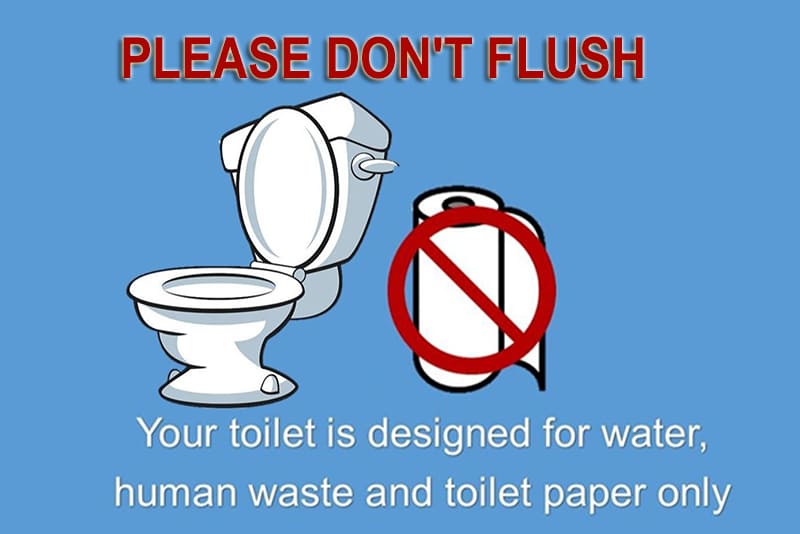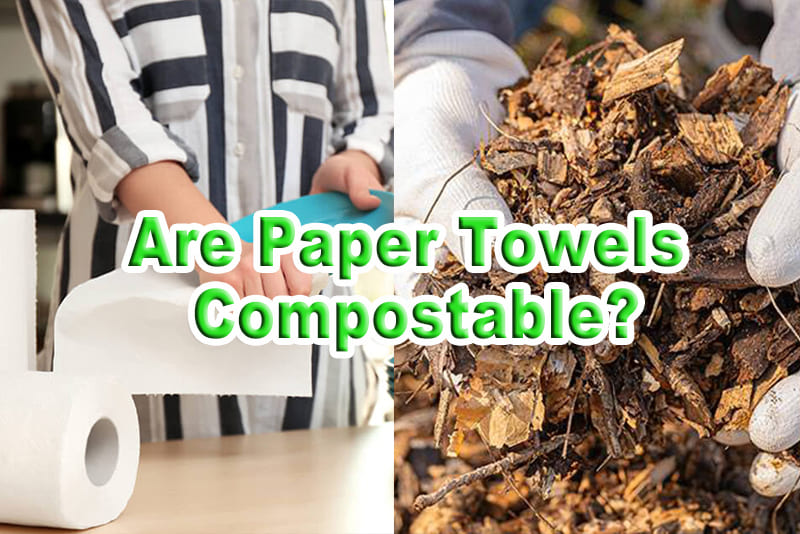European Paper Industry Faces Dual Price Hikes Amidst Low Demand and Rising Costs
In the persistent economic downturn of 2023, the European paper industry experienced a decline in consumption due to significant inventory reductions, leading to decreased annual revenue for many pulp and paper companies. However, the industry demonstrated its self-sufficiency and recycling capabilities with a record annual recovery rate.
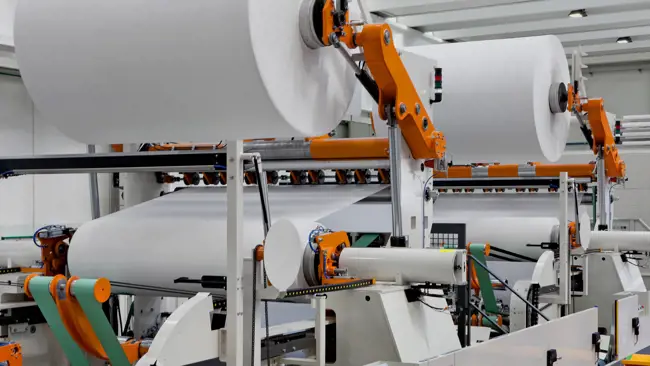
Due to weak demand, paper and board production in member countries of the Confederation of European Paper Industries (CEPI) fell by 13% in 2023, a drop even greater than the 4.7% experienced during the 2020 pandemic. This trend was not limited to Europe; the global economy was also affected by rising production costs, particularly energy costs. Amid high living expenses, monetary tightening, and weakened external demand, Europe’s overall economic growth lost momentum.
Production of various grades of paper and board declined, with varying impacts. Compared to 2022, production of packaging grades decreased by 11%, while the output of hygiene and household papers fell by about 4.0%.
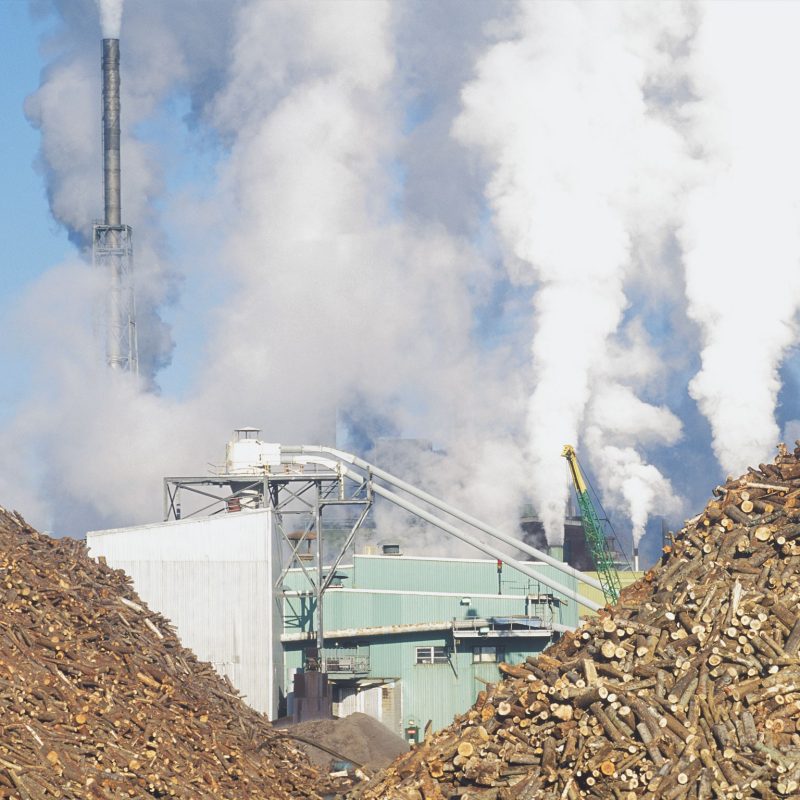
Despite challenges, the pulp and paper industry showed signs of resilience in 2023. The recycling rate reached 79.3%, with a three-year rolling average of 71.4%. The industry increasingly exhibited “Made in Europe” characteristics, with 91% of fibers sourced within the EU. Additionally, for the first time since CEPI began collecting data, market pulp trade achieved a positive balance, with pulp primarily intended for market sales rather than on-site use.
The overall trade balance of the paper industry remained high, ranking among the top in European manufacturing. Nonetheless, a second consecutive year of decline might indicate a decrease in the global competitiveness of the European pulp and paper industry. In another efficient industrial sector, the decoupling of pulp and paper production from carbon dioxide emissions remained stable, with emissions expected to decrease by 5.8% in 2023. Since 2005, the industry’s carbon emissions have dropped by over 46%.
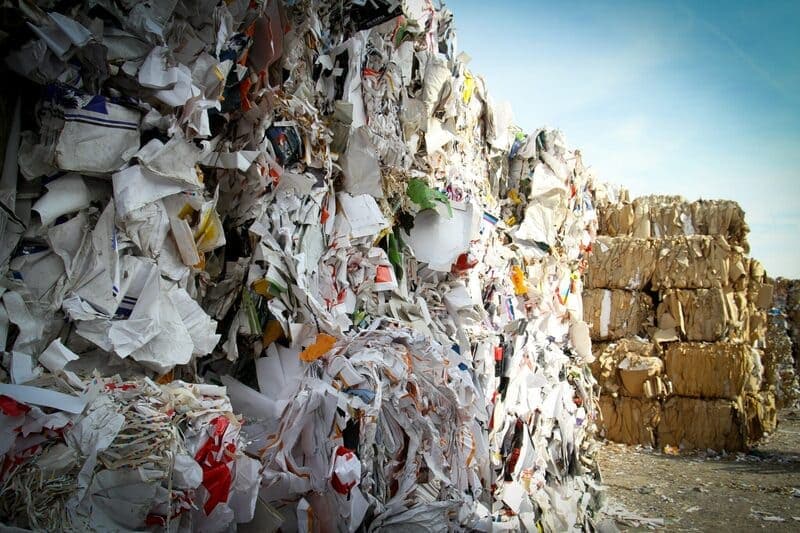
Despite ongoing economic challenges, the European paper industry maintained a high investment ratio. To meet the EU’s decarbonization targets, these investments need to accelerate further in the coming years. Based on an early sample of company data, it is forecasted that the European pulp and paper industry’s production and profitability may rebound by 2024. However, there remains a significant gap compared to the industry’s pre-pandemic and pre-Ukraine war status.
Recent price dynamics in European raw paper show that in June, recycled containerboard prices rose for the second time this year in most markets except the UK, where prices are expected to climb further in July. These two price hikes have led to a general increase of 100 euros per ton in France, Germany, and Spain compared to pre-March prices. Italy also saw price increases this month, albeit relatively smaller, ranging from 50 to 70 euros per ton since March.
On June 18, DeSmur announced a 60 euro per ton price increase for its European customers, effective immediately. However, no other producers have announced similar adjustments so far. Market demand has improved compared to the same period in 2023, but it remains generally weak. Despite an increase in old corrugated container prices this month, the production costs of recycled containerboard seem to be stabilizing.
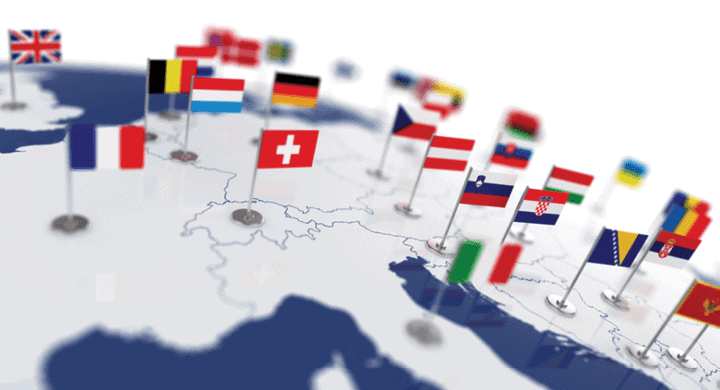
In most European markets, excluding the UK, unbleached kraftliner prices also rose this month, while price adjustments in the UK are still under discussion. In France and Germany, the price difference between recycled containerboard and unbleached kraftliner remained unchanged, with both rising by 100 euros per ton since March. However, in Southern Europe, growth has lagged, with Italy seeing price increases of around 60 to 65 euros per ton since March, and further hikes are expected in July.
In Spain, raw paper prices have generally increased by 80 euros per ton. Amid potential mergers such as Vistalock and Smurfit Kappa, as well as International Paper and DeSmur, the relationship with US suppliers of American virgin containerboard, widely used in these countries, remains stable.
FBB producers face high input costs and are negotiating third-quarter prices, with an expected 80 euros per ton or 8%-10% increase in July. Producers indicate that at current price levels, even with full machine capacity, company profits are insufficient to support future investments, creating an “unsustainable” business model.
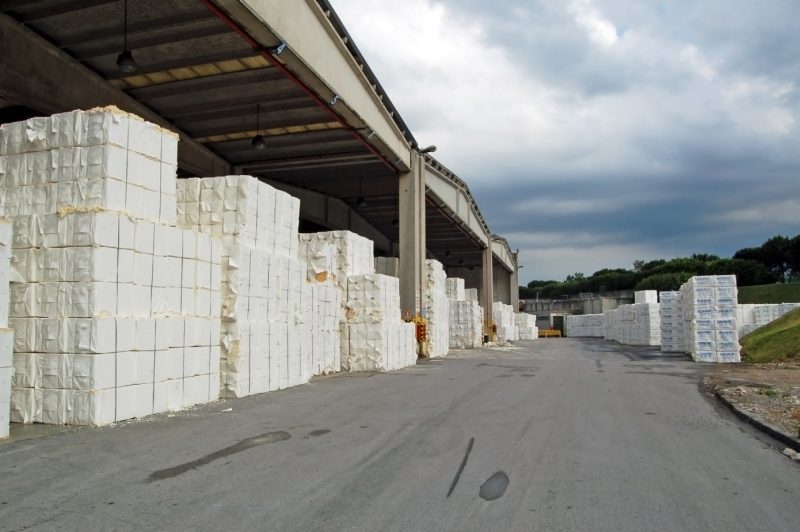
Pulp producers have taken a firm negotiating stance, with some believing that although producers need to raise prices to cope with rising costs, they may also be “leveraging” the upward trend in pulp prices, which have reached historical highs.
WLC prices remained stable in June despite pressure from rising waste paper prices. Some producers have informed customers of a 30-euro per ton price increase, with at least one processor accepting the rise effective July 1. However, most producers seem to be waiting for better market conditions later this year to mitigate friction from previous price hikes.
Market demand is not robust, and both buyers and sellers generally expect no dramatic changes in the coming months, favoring gradual improvements over sharp fluctuations.

